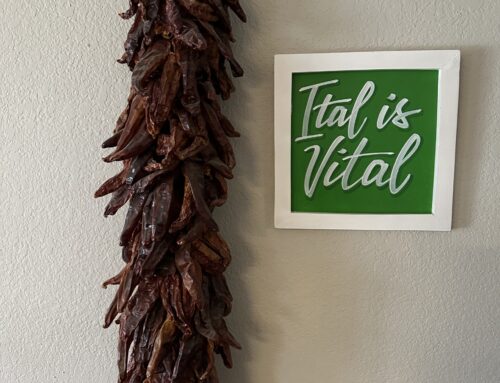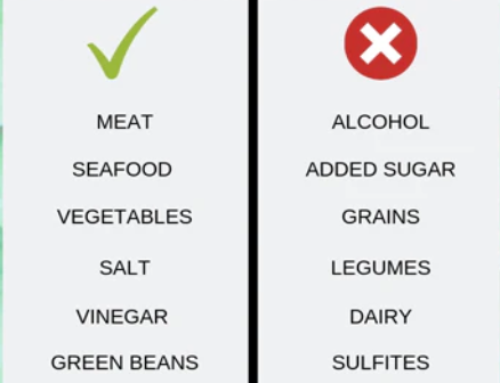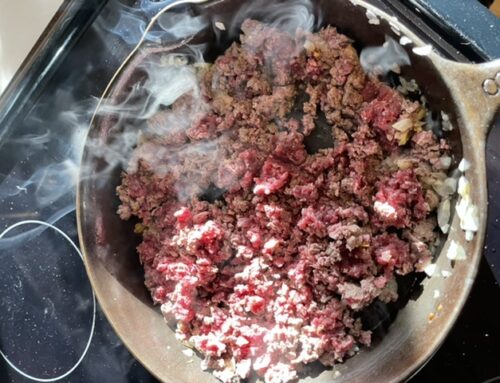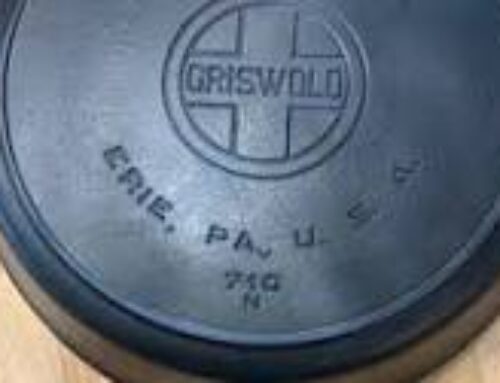The word brandy is derived from the Dutch word brandewijn, (“burnt wine”), which is what the 16th century Dutch 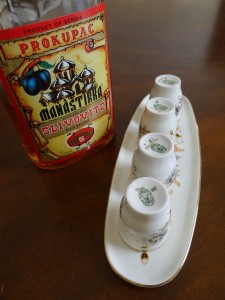 described wine that had been burnt or boiled in order to distill it. Brandy can be traced back to the expanding Moslem Mediterranean in the 7th century where Arab alchemists distilled grapes and other fruits in order to make medicinal spirits.
described wine that had been burnt or boiled in order to distill it. Brandy can be traced back to the expanding Moslem Mediterranean in the 7th century where Arab alchemists distilled grapes and other fruits in order to make medicinal spirits.
There are three basic methods of making brandy: (1) brandy distilled from fermented grape juice or crushed, but not pressed, grape pulp and skin, such as Cognac, Armagnac, Brady de Jerez, and then aged in wooden casks which colors it, mellows the palate, and adds additional aromas and flavors (Scotch and whiskey are more or less the same process but with mash made from the same ingredients as beer); (2) pomace brandy (Italian Grappa and French Marc are the best-known examples) which is made from the pressed grape pulp, skins, and stems that remain after the grapes are crushed and pressed to extract most of the juice for wine, and are usually minimally aged and seldom see wood, making for a harsher flavor; and (3) fruit brandy which is the default term for all brandies made from fermenting fruit other than grapes, but these fruits tend to lack enough sugar for sufficient alcohol for proper distillation, and thus are macerated in high-proof spirit to extract their flavor and aroma. The extract is then distilled at a low proof. Calvados, the Apple Brandy from the Normandy region of Northwestern France, is an example.
Soon after WWII, the Department of Viticulture and Oenology at the University of California at Davis began to develop a prototype “California-style” brandy, which focused on a clean palate and was lighter in style than most European brandies, making for a good mixer. This is why California brandy should be avoided, in general, as a spirit for sipping, although there are some that are now competing on this level.
The Black Forest region of Bavaria in Germany and Alsace in France, are known for their cherry brandies (Kir in France and Kirschwasser in Germany), raspberry brandies (Framboise and Himbeergeist), and pear brandies (Poire), many of them featuring the pear in the bottle. Some plum brandy is also made in these regions (Mirabelle from France is an example), but the best known type of Plum Brandy is Slivovitz, which is made from the small blue Sljiva plum throughout Eastern Europe and the Balkans, known as pálinka, but it may only be called this if:
- it is made 100-percent from fruits or herbs indigenous to the Carpathian Basin and grown in Hungary, or from pomace grown in Hungary, and does not contain any additives,
- it is produced and bottled in Hungary,
- its alcohol content is between 37.5% and 86% ABV.
In 2008, the European Union established exclusive trademark rights for the name “Pálinka” but the first records of the Hungarian spirit date back to the fourteenth century, and refer as “Aqua vitae reginae Hungariae” which was a brandy blended with rosemary, and had its use in medicine, as both the king and the queen suffered from arthritis. Unicum probably is similar today.
There is even a patron saint of Pálinka distillation, which is Saint Nicholas. A traditional Hungarian greeting is “Pálinkás jó reggelt!” which means, “Good morning with pálinka!”
A popular saying in Hungary says: what can be used to prepare jam can also be used to produce pálinka. (Clearly, for a fruit to be suitable for jam production it has to contain some sugar.) This saying suggests that pálinka can be made from a large variety of fruits, and indeed it is made from most of the fruits available in Hungary. The most common pálinkas are made from apricots, pears, and plums. Other fruits that are often used are sour cherries, apples, mulberries and quince. Nevertheless, pálinka made from chestnuts is also available.
Pálinka is usually drunk as a shot, often from ornamental cups. The best brand is Vilmos, which is not available outside of Hungary, but Swack and other brands are available in America and are a good value for the brandy they produce.

